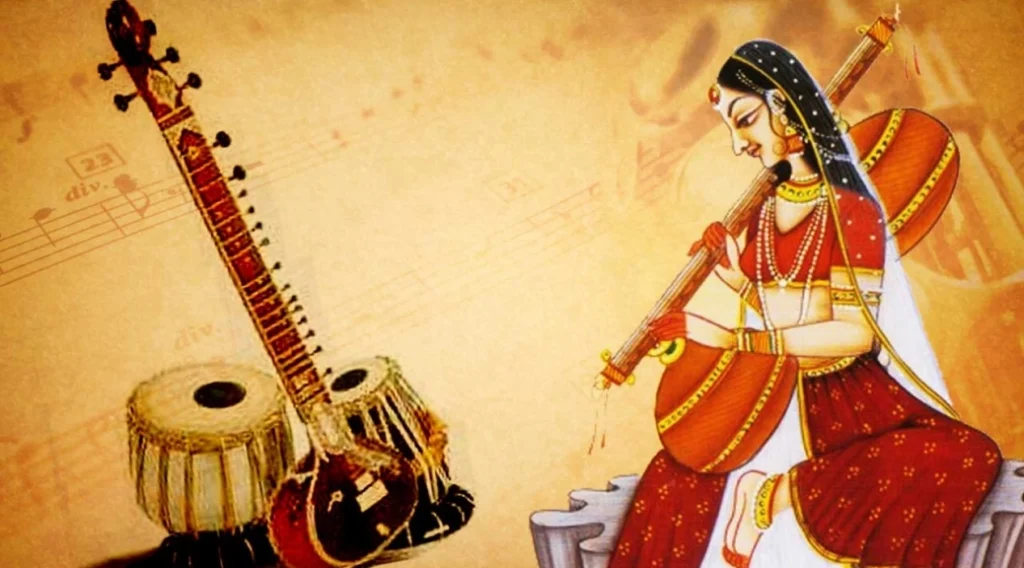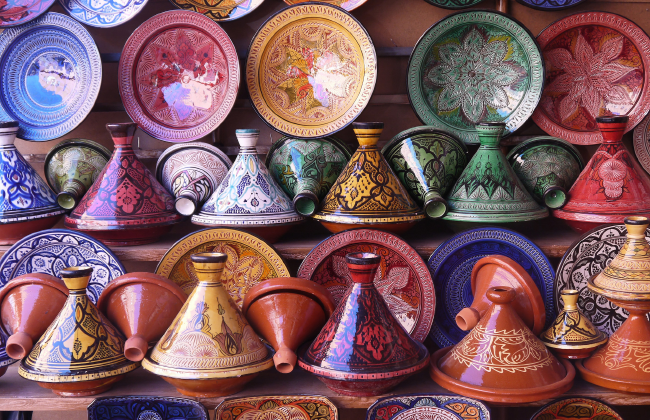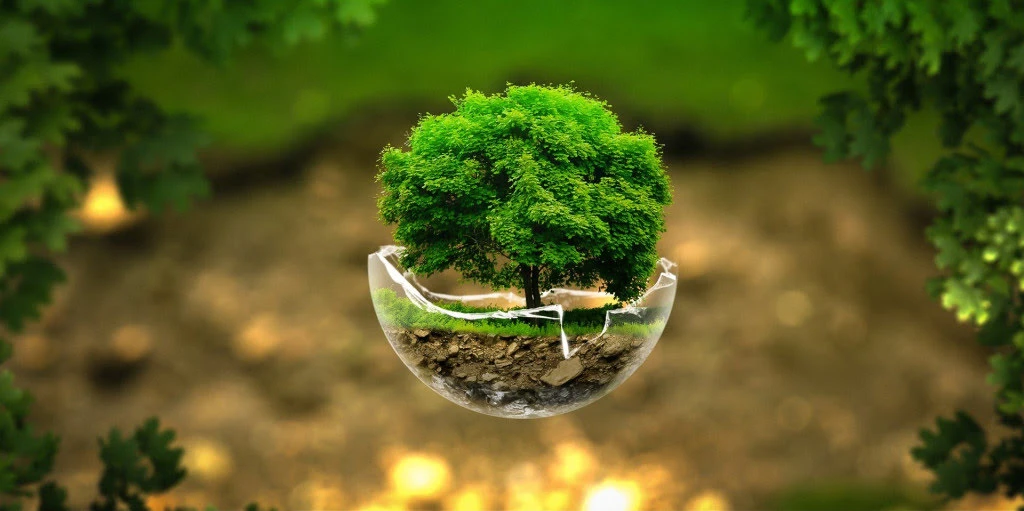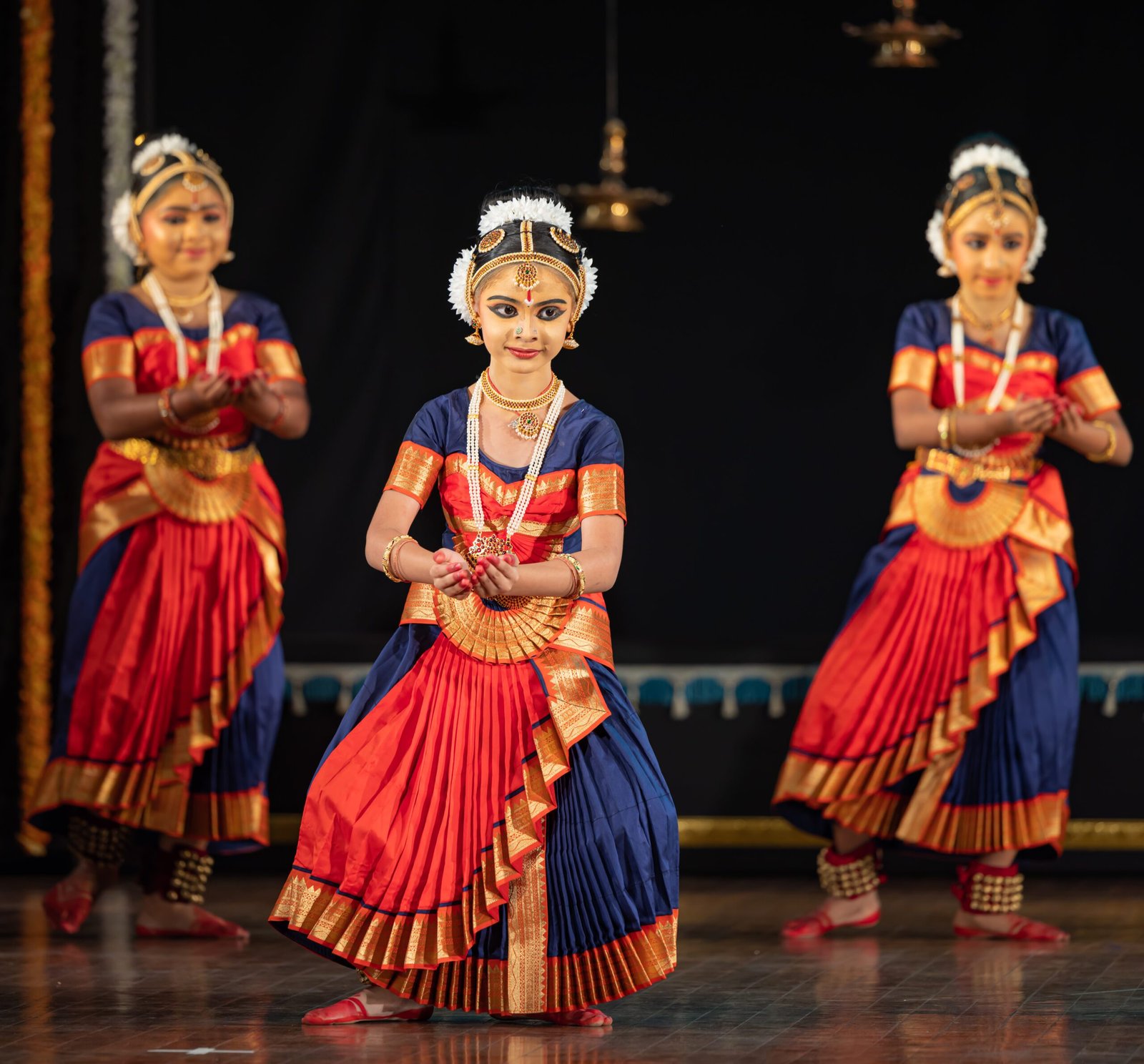Indian classical music is one of the world’s oldest and most intricate musical traditions. Rooted in spiritual expression, cultural rituals, and storytelling. It has been a cornerstone of India’s artistic heritage for thousands of years. Characterized by its melodic structures, rhythmic patterns, and improvisation, classical music reflects the deep connection between sound, emotion, and the human experience.
Origins and Ancient Texts
The origins of Indian classical music can be traced back to the Vedic period, where chants and hymns (known as Samagana) formed the basis of musical expression. Ancient texts such as the Natya Shastra, written by Bharata around 200 BCE to 200 CE, laid down the theoretical framework for music, including concepts of raga (melodic scale) and tala (rhythm). Music was considered a divine art, meant to invoke spiritual feelings and harmonize the mind and soul.
Two Main Traditions: Hindustani and Carnatic
Indian classical music evolved over centuries into two main schools:
- Hindustani Music (North India): Hindustani music evolved under Persian and Mughal influences, emphasizing improvisation, elaboration of ragas, and the use of instruments like the sitar, tabla, and sarod. It often features vocal forms such as khayal, dhrupad, and thumri, blending technical mastery with emotional depth.
- Carnatic Music (South India): Carnatic music is rooted in devotional and temple traditions, focusing on structured compositions (kritis) and intricate rhythmic patterns. Instruments such as the veena, mridangam, and flute complement powerful vocal performances, often dedicated to Hindu deities.

Role of Ragas and Talas
The essence of Indian classical music lies in the raga, a melodic framework that evokes specific moods or times of the day, and tala, the rhythmic cycle that organizes musical time. Together, ragas and talas create a complex yet harmonious system that allows musicians to improvise, express emotion, and connect deeply with audiences.
Modern Influence and Global Reach
Indian classical music has influenced various musical genres worldwide, inspiring jazz, fusion, and contemporary compositions. Artists like Ravi Shankar, L. Subramaniam, and Bhimsen Joshi brought global recognition to this tradition. Today, classical music continues to thrive in concerts, festivals, and educational institutions, preserving its legacy for future generations.
Indian classical music is more than just sound—it is a profound expression of culture, spirituality, and creativity. With its intricate ragas, rhythmic patterns, and centuries-old tradition. It remains a timeless art form, symbolizing India’s rich heritage and enduring love for music.
Jis Gali Mein Tera Ghar Lyrics
![]()




